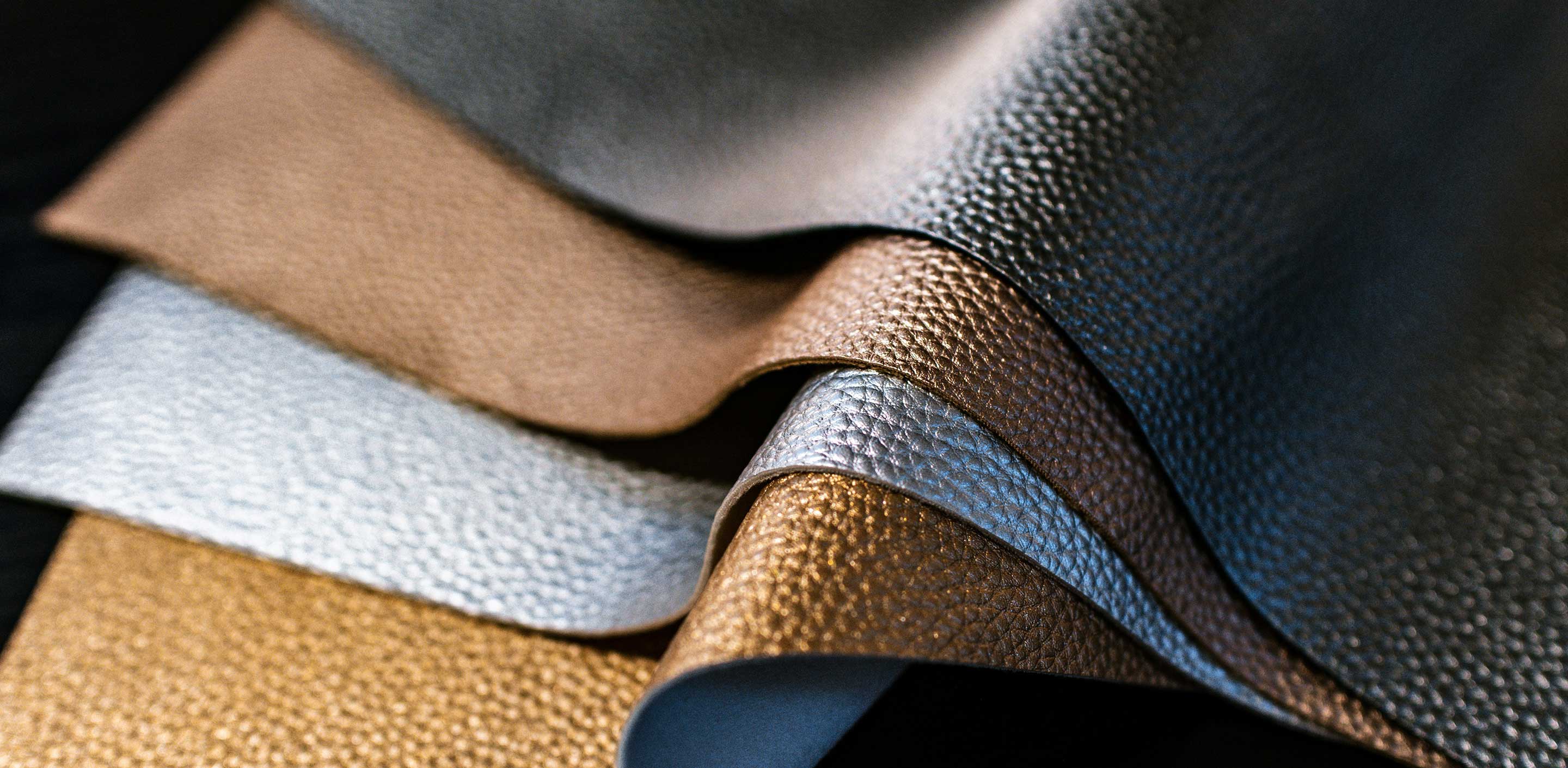Top Grain vs. Full Grain Leather: Understanding the Premium Choices

In the world of luxury goods, the quality of leather plays a pivotal role in determining the value, durability, and appeal of a product. Among the various types of leather, top grain and full grain are considered the highest quality, each with unique characteristics and uses. This blog aims to shed light on the distinctions between top-grain and full-grain leather, helping you make an informed decision for your next luxury purchase.
What is Full-Grain Leather?
Full-grain leather is regarded as the highest quality leather available. It comes from the top layer of the hide and includes all the natural grain, with minimal processing. This type of leather retains the natural imperfections and textures of the animal hide, contributing to its strength and durability. Full-grain leather develops a rich patina over time, enhancing its aesthetic appeal the more it is used.
What is Top Grain Leather?
Top grain leather is the second-highest quality of leather and is made from the outer layer of the hide as well. However, the top layer is sanded down to remove imperfections, and often, an artificial grain is imprinted onto the surface. This process makes top-grain leather thinner and more pliable than full-grain, with a more uniform appearance. While it doesn't develop a patina-like full-grain, it does offer a smoother finish and is easier to maintain.
Key Differences
- Texture and Appearance: Full-grain leather showcases the hide's natural texture and imperfections, contributing to its unique look. Top-grain leather, on the other hand, has a more uniform and flawless appearance due to the sanding and finishing processes.
- Durability: Full-grain leather is the most durable type of leather because it retains the full, dense structure of the hide. Top-grain leather, while still quite durable, is slightly less robust due to the removal of the top layer.
- Flexibility: Top-grain leather is more flexible and softer to the touch compared to full-grain leather, making it a popular choice for clothing and furniture.
- Aging: Full-grain leather ages better over time, developing a patina that enhances its beauty. Top-grain leather maintains its initial appearance longer but doesn’t age as gracefully as full-grain.
- Maintenance: Top-grain leather is easier to clean and maintain due to its processed surface. Full-grain leather requires more care to preserve its natural beauty.
- Price: Full-grain leather is typically more expensive than top-grain leather due to its superior durability, natural textures, and the aging process.
Choosing Between Top Grain and Full Grain Leather
The choice between top-grain and full-grain leather depends on your priorities. If you value durability, natural aesthetics, and the unique way leather ages, full-grain leather is an excellent choice. It’s ideal for high-quality furniture, luxury bags, and footwear that you intend to last for many years.
On the other hand, if you prefer a more uniform appearance, easier maintenance, and softer texture, top-grain leather might be the right choice for you. It’s commonly used in premium fashion items, accessories, and upholstery where a flawless finish is desired.
Conclusion
Both top-grain and full-grain grain leathers represent the pinnacle of leather quality, each suited to different needs and preferences. Understanding their differences helps you appreciate the craftsmanship involved in your leather goods and make choices that align with your lifestyle and values. Whether you opt for the rugged elegance of full grain or the refined finish of top grain, both choices elevate the standard of luxury in your wardrobe and home.


